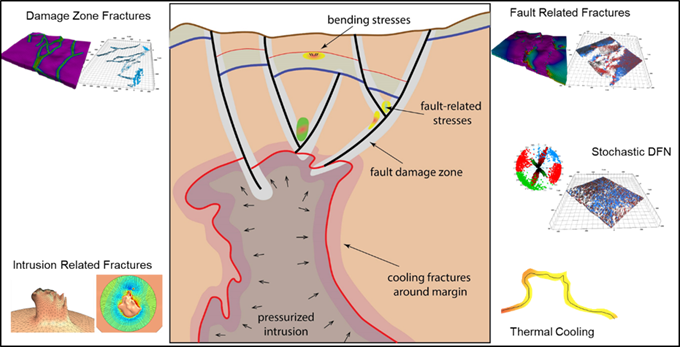Star Energy Geothermal (SEG), the largest geothermal energy company in Indonesia, and Schlumberger, the world’s leading provider of technology to the global energy industry, completed a collaborative study to develop a breakthrough solution to determine the “sweet-spot” area for geothermal drilling in late 2021. The technology combines SEG’s extensive knowledge of geothermal resource management and naturally fractured reservoirs and Schlumberger’s differentiated technologies for fracture characterization augmented by the DELFI Cognitive E&P Environment, through a project called Fracture Characterization and Optimized Well Placement (FCOWP). This is the first known application of fracture modeling technique to a large geothermal project and it is expected to have a significant impact on reducing the costs for future wells. One of the results of this study is a permeability map that identifies subsurface productive areas.
“This project is one of our continuing efforts in applying innovation and technology to reduce the LCOE (Levelized Cost of Electricity) of geothermal energy. Drilling cost is one of key cost components of geothermal energy costs. The application of this technology will allow us to drill on the right place with better accuracy and results, which lead to reduction of drilling costs and geothermal energy costs”, said Hendra S Tan, Chief Executive Officer of Star Energy Geothermal.
Studies for the application of this technology began at the Darajat Geothermal Field, where its use is expected to increase the likelihood of successful well drilling by modeling the natural fracture system, matching the known distribution of permeability in drilled portions of the field, and predicting its distribution in undrilled portions. In many geothermal fields, production depends on successfully targeting wells to intersect fractures that occur naturally in the subsurface.
The workflow of this study is separated into two major phases. The first is referred to as domain work, which generates the fracture orientations and intensity distribution, and the second is an automated process for modeling the range in fracture aperture and lengths and validation of the results against well data.
The novel method applied in this study is to include the impact of the intrusion on the fracture orientation and distribution as part of four fracture drivers applied, and using multiple realizations to capture uncertainty. Two of the fracture drivers are related to faults and associated stress and two other drivers are related to rock intrusions. Any remaining fractures are assigned to a fifth group which is stochastically distributed throughout the field. The role of fracture drivers is illustrated in the figure below.

KeyFacts Energy: Star Energy Geothermal Indonesia country profile
 KEYFACT Energy
KEYFACT Energy